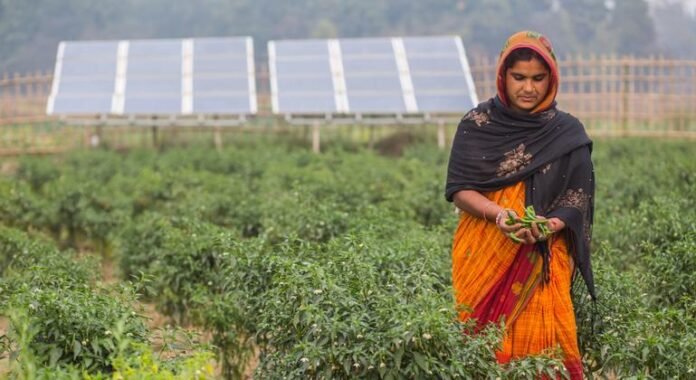The context in which the UN’s annual climate conference, COP29, begins on November 11 in Baku, the capital of Azerbaijan, is dire, but not entirely depressing.
A UN climate report published a few days before the conference confirmed that without urgent action, the global temperature increase could exceed 1.5 degrees Celsius and reach pre-industrial levels by the end of the century of 2.6-3.1 degrees Celsius.
Without action, we will experience more frequent, dangerous extreme weather events.
In this situation, the United Nations has called for immediate collective action, and called for a concerted effort by the G20 group of developing countries and major emitters to stop this crisis.
What is the United Nations Climate Change Conference?
The climate crisis is not limited to any one country. Addressing this requires unprecedented international cooperation, and the United Nations and its Secretary-General play a central role in this multilateral effort.
The annual United Nations Climate Change Conference (COP – Conference of the Parties to the United Nations Framework Convention on Climate Change) is the world’s main multilateral forum where almost all countries of the world come together to make decisions.
These summits are designed to unite the world to address the climate crisis, limit global temperature rise to 1.5 degrees Celsius, help vulnerable communities adapt to a changing climate, and build consensus on achieving net-zero emissions by 2050. Seen as a unique opportunity.
COP conferences are inclusive, and include different sectors of society, from world leaders and government representatives to civil society, business leaders, climate scientists and indigenous peoples and youth. They share their vision and best practices to strengthen climate action for the common good.
What will be the key issues at COP29?
A key focus of talks in Baku will be agreeing on new climate finance targets that ensure all countries have sufficient resources to take strong climate action, reduce greenhouse gas emissions and build resilient communities.

The conference aims to raise the trillions of dollars needed by developing countries to reduce carbon emissions, combat the effects of climate change and compensate for the resulting damage.
The UN Summit for the Future, held earlier this year, will advance discussions on reforming the international financial architecture. UN Secretary-General Antonio Guterres described the current system as “grossly inadequate to address current challenges”. He said many poor countries had unsustainable debt burdens, which prevented them from investing in social security and healthcare. However, they need to mobilize resources to support the transition to a low carbon economy.
What will happen in the next two weeks?
As every time, the conference will have a busy program of discussions, speeches, press conferences, programs and panel discussions. The event is divided into two zones – the Green Zone, which will be managed by the COP29 Presidency and open to the general public. In addition, there will be a second Blue Zone, which will be managed by the United Nations.

This is where the specifics of the issues will be decided and representatives from around the world will try to reach an agreement by the end of the conference. Often this consensus is reached, but only after much drama, with last-minute disagreements sometimes taking place beyond the deadline.
Why is the COP important?
The importance of the COP lies in its ability to bring all parties together. However, many times the decisions taken are not as successful as expected in addressing the climate crisis. But their foundation is consensus, which brings countries around the world together to reach agreement at the international level to set standards and take action on serious issues.

In 2015, during COP21 in Paris, a historic climate agreement was reached in which countries agreed to keep global temperature rise below 2 degrees Celsius above industrial levels and pledged to try to limit it to 1.5 degrees. Climate action plans are presented every five years under the Paris Agreement.
The next national climate action plans – called Nationally Determined Climate Contributions (NDCs) – will be published in 2025. This process has led to a gradual but significant reduction in emissions and efforts to adopt renewable energy sources.
Each year, negotiators build on progress made at the previous year’s COP, strengthen ambitions and commitments, and forge new agreements based on the latest climate science advances and human activity in times of crisis.
What will be the next step?

Even beyond the summit, there are many positive signs that the transition to clean energy is accelerating and that it is delivering clear benefits such as job creation and a boost to local economies.
Renewable energy is entering the energy system at an unprecedented rate, and in most places electricity generated from wind and solar power has become more cost-effective than fossil fuels.
The day is not far off when our future will be powered entirely by renewable energy. Those who take decisive action to invest in clean technology today stand to reap the greatest benefits in the years to come.
Even before COP29 ends, delegates will be putting the finishing touches on their new national climate plan, which aims to transition away from fossil fuels and keep global temperature rise below 1.5 degrees.

